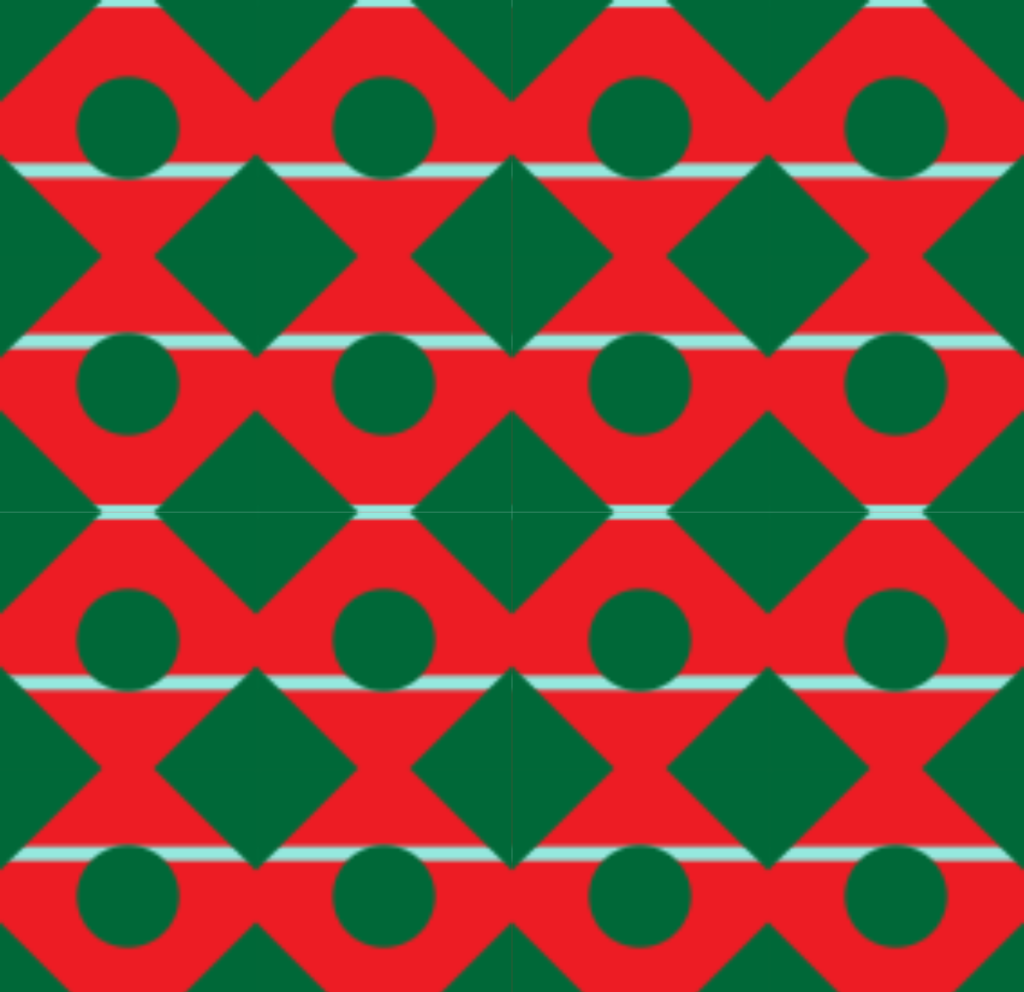Video
Symposium Refresh Amsterdam
door Amsterdam Museum
20 December 2021Video

Symposium Refresh Amsterdam
During this symposium, makers and cultural institutions get together to take a critical look at the city’s art climate. An effective exchange between these various players is essential.
Collaborations and interactions between makers and cultural institution are a focal point of the exhibition’s public programme. Earlier this year, we organised a round-table discussion with the directors of our partner organisations around the theme: ‘The city changes. The question is: in what way are cultural institutions keeping pace with this change?’ This discussion formed the initial basis for the Refresh Symposium that we will broadcast live on Friday 12 February 2021 from 12am to 5pm from Felix Meritis cultural centre.
Refresh Amsterdam is a biennial initiative by the Amsterdam Museum that gives artists the opportunity to share their vision on metropolitan themes. The following 25 artists contributed to this edition: Antonio José Guzman, Antonis Pittas, Bas Kosters, Brian Elstak, CamaraGueye, Daniel Jacoby, Dustin Thierry, Elisa van Joolen, GoeunBae, JaasirLinger, Judith Quax, Kevin Osepa, KIP Republic, Nicoline van Harskamp, Raquel van Haver, Simon(e) van Saarloos, Suat Ögüt, Tamara Shogaolu, The Shadows Assembly, Tirzo Martha, Tja Ling Hu, Tyna Adebowale, United Painting, We Sell Reality and Yunjoo Kwak.
This symposium was financially supported by the Pictoright Fund.
Programme
Panel 1: Makers & Living and working spaces. With Massih Hutak, Tim Vermeulen, Fana Richters and Nadia Benchagra.
The city as a whole is a cultural and creative hotbed and international breeding ground, making it a very attractive place to live for creative people. The participants reflect on positive developments as well as on the impact on Amsterdam neighbourhoods such as Zuid-Oost or Noord, which are increasingly becoming too expensive to live in for many residents. The hotbed policy of the City of Amsterdam is also under pressure: how can we ensure that our makers continue to have access to affordable housing and workspaces? And how can we develop lasting relationships between Amsterdam’s cultural hotbeds and the local residents? To what extent do we continue fostering international relationships without driving our local makers out of business?
Panel 2: Makers & Labels. With Bas Kosters, Clayde Menso, Sioejeng Tsao and Christian Guerematchi.
Funds and institutions occasionally use the term ‘urban arts’. This kind of labelling tends to compartmentalise contemporary, urban makers and thereby to define what type of ‘art’ they make. The nightlife sector, which is so critical in ensuring that the cultural sector continues to flourish, formally still falls outside the ‘art’ domain. How can we have a more critical approach towards these kinds of terms and categorisations? What are the implications of such labels? What hinders the work of makers and what works well in the sector?
Panel 3: Makers & Power Structures. With Mechteld Jungerius, Annet Zondervan, Raquel van Haver and Nagaré Willemsen.
The cultural sector is working on structural improvement using various codes and criteria. Although the sector as a whole may appear to be working towards a more inclusive and fairer sector, we still come across too many examples showing that there is still a long way to go, with existing power structures and networks preventing real change. The sector has had its share of criticism from various initiatives outside of the institutional framework. How much room is there for criticism from within as well as from outside the institutions? What is working well in the relationship between institution and maker and what could do with some radical changes?
Panel 4: Makers & Organisations. Participants include Laurien Saraber and Henriëtte Post.
Based on the findings of previous panel discussions, in this panel we engage the representatives of various funds and professional organisations in a discussion about their relationship with and responsibilities towards makers. Funds and makers need each other and together they determine in what kind of environment they work. How do makers and funds see their mutually dependent relationship and what kinds of issues do they face? To what extent can professional organisations play a role in this? How can we develop a cultural sector where a fluid maker can exist without feeling hemmed in by restrictive categories (both in terms of the art they make and their personal identities)?


